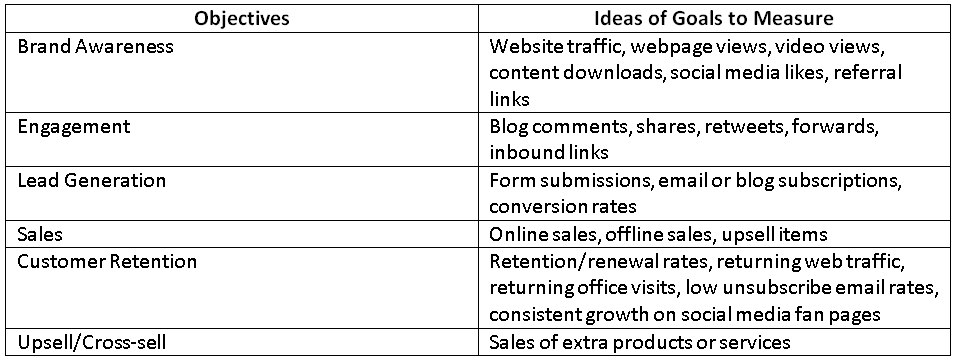
When you are in the swing of your every day job, whether you are a dental lab technician, a dentist, or part of the front desk staff, developing a marketing strategy may not be in the front of your mind or a part of your everyday responsibilities. Maybe it is too expensive if you are a small lab or practice, or maybe it is hard to measure the results of your efforts. Maybe you find it challenging because it is not your area of expertise. Figuring out where to start can be an intimidating task to take on. Whatever the reason may be, you’re missing out on an opportunity to attract new customers and grow your business. How can one drive results with their marketing efforts? There are several areas in which you must ask yourself questions when planning a marketing campaign. These areas consist of a target audience, objectives and goals, an action, a channel, and measuring results.
1. Who are you trying to target? It may take a bit more work and brain power on your end, but coming up with fictional representations of your ideal customers, or buyer personas, will help you target the correct audience with your marketing strategy. Where is this person in the funnel? Are they just a prospect experiencing a symptom of a problem or opportunity or have they clearly defined a problem or opportunity? Have they decided on a solution or approach?
Buyer personas should be a story that includes demographic information like the persona’s age, income range, education, and location. You should include other information such as job title/role, how is he or she’s job is measured, what skills are needed, what are he or she’s challenges are and how does he or she overcomes them, company size, company’s industry, how he or she learns new information about the job, blogs or publications, social networks he or she belongs to, family, education, and shopping preferences. Please note that this is not an all-inclusive list.
2. The next step is to come up with an objective and a goal for your target audience. Do you want to increase brand awareness? What about increase number of referrals or website inquiries? You must first develop a goal in order to come up with a marketing strategy and decide which vehicle you should use to drive the campaign. What is the call to action you want your audience to take? When developing calls to action in your content, you should use action words like click, sign up, share, go to, submit, donate, or invite, etc. Below are some examples of objectives and the goals you should measure in return.

3. Once you decide on your objective and goal, you can then decide what campaign or what piece of content suits those goals. This is the action you are going to take. Do you have content already created that you can re-purpose for another channel and state in a fresh new way? Below are examples of types of content you could create for each stage in the buyer’s journey (from step 1).

4. When choosing the channel to use, you should go back to thinking about your buyer personas. Where does this person make purchasing decisions? Does this person read online reviews when looking for a new dentist or do they talk to friends, family, and coworkers for recommendations? Channels can consist of your website, social media, surveys, postcards, emails, Google AdWords or remarketing, a video, a blog post, and more! There are endless possibilities and places you can push out your content as long as it matches your goal and target audience. You also want to decide for how long you are going to run your campaign and if you put money behind it, how much and what your budget for marketing spending is.
5. At this point you have pushed your strategy into action! How are you going to measure your results? This is crucial in understanding if your strategy was successful or not. A lot of the time we get too busy in our day to day responsibilities that we forget to effectively check our return on investment! If you work in a dental office, maybe you would measure your results by asking callers how he or she learned about the practice. How many forms were submitted on your lab’s website to submit a case? If you have real, tangible numbers, you won’t need to guess whether your strategies work or not and you will be able to tell how spending time and money on a marketing budget pays off.
If you follow this workflow, you will be on your way to developing a more structured marketing strategy that makes sense for your specific business and audience. Remember that it might take a few tries to really figure out what works and what does not work based on the results you measure. It is important to be adaptable. Just because you have not marketed in a while or if your current efforts do not seem to be working out does not mean it is too late to implement a new strategy and drive the results you deserve!
Thanks for reading,
Your Zirlux Team





